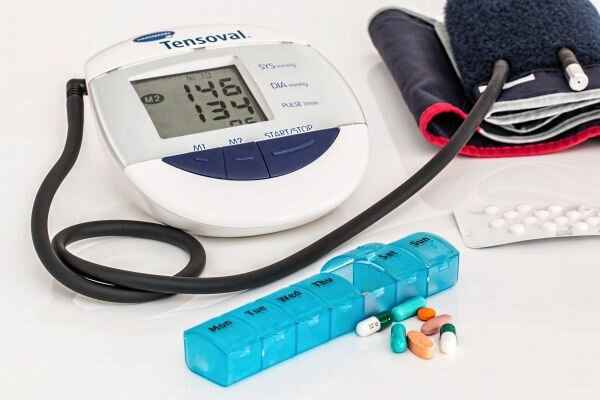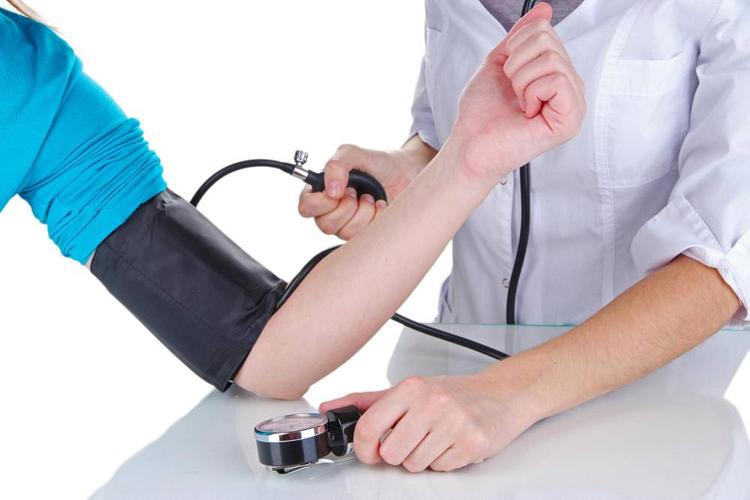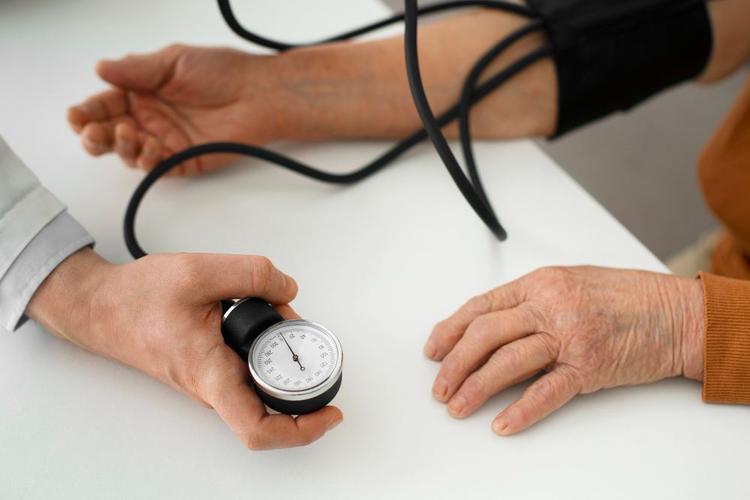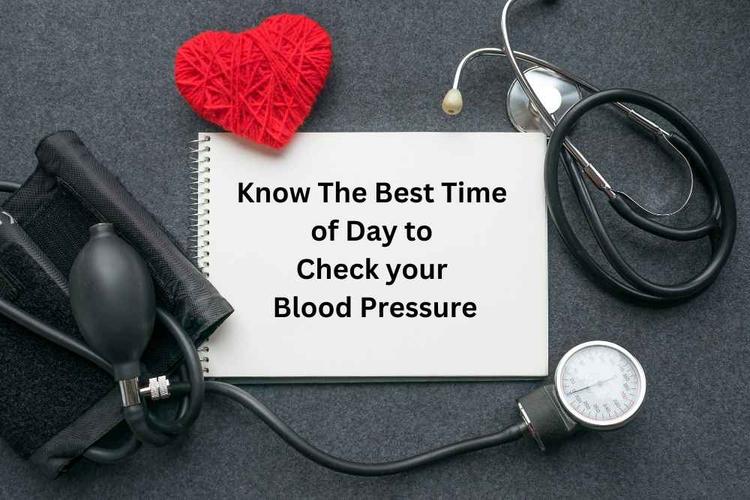Blood Pressure: Normal Range by Age in Males and Females in India

Medically Reviewed By
Dr Divya Rohra
Written By Srujana Mohanty
on Feb 28, 2022
Last Edit Made By Srujana Mohanty
on Jan 8, 2025

|
Hypertension is the leading contributor to heart diseases globally. Symptoms like hyperventilation, excessive sweating and discomfort could be a sign of high blood pressure. Take preventative measures with comprehensive testing. Get a complete blood profiling done to assess the underlying risks and complications. |
In this Article
What is blood pressure and its normal values?
The heart is one of the most vital organs in the human body. It supplies the other organs and tissues of the body with oxygenated blood, by ‘pumping’ blood into arteries with each heartbeat. The blood when pumped, moves around the body with a pressure on the walls of the blood vessels. This pressure is known as blood pressure, which consists of two values:
- Systolic blood pressure: It is the pressure that arises when the heart beats. This pressure is caused when the heart muscle is contracting and pumps oxygenated blood out into the arteries.
- Diastolic blood pressure: It is the pressure on the walls of blood vessels whenever the relaxation of heart muscles occurs. Therefore, it is observed that the diastolic pressure is always lower as compared to the systolic pressure.
Blood pressure is measured in units of millimetres of mercury and the unit used written as mmHg. The readings are noted in pairs, one value denotes the systolic blood pressure value first, and the other value denotes the lower diastolic blood pressure value.
So a patient with a reading of 132/88 mmHg (referred as “132 over 88”) has a
- systolic blood pressure which is of value 132 mmHg, and a
- diastolic blood pressure which is of value 88 mmHg.
There are different readings for blood pressure when measured either on different days or different times of the same day. In case majority of the blood pressure measurements are very high, then the physician diagnoses it as high blood pressure, irrespective of either the systolic blood pressure or the diastolic blood pressure being on the higher side.The technical term used for high blood pressure is Hypertension.
In most adults, the blood pressure value which is considered to be normal is a systolic value of 140 mmHg and a diastolic blood pressure value of 90 mmHg, ie., 140/90mmHg.
Whenever the blood pressure is measured for the first time, it is noted from both arms, because it is observed that sometimes the blood pressure is high when measured in one arm. The values of blood pressure which are higher are noted and considered for treatment. Following this the blood pressure is measured in the arm that depicted the higher reading.
High blood pressure is noticed and treated only after severe symptoms arise. The symptoms include dizziness or trouble seeing. It is observed that long term presence of high blood pressure increases the risk of heart and heart related problems like heart attacks, strokes, and problems related to vital organs. So in order to monitor high blood pressure it is necessary to have your blood pressure checked periodically. The persistent high readings are confirmed as high blood pressure and treatment includes ways of lowering your blood pressure to reduce the long-term health problems.
Effects of Abnormal Blood Pressure
If the high blood pressure persists for a longer period of time it can cause heart and heart related (heart and blood vessel) diseases and vital organ damage. The reported long-term ill effects of high blood pressure are as mentioned below:
- Weak blood circulation in legs
- Heart failure
- Heart attack
- Stroke
- Damage to the vital organs such as the kidneys
Therefore, it is essential to diagnose and adopt proper treatment to lower the risk of developing above symptoms.
Normal Blood Pressure
Blood pressure is quantified by measuring the values on different days and at different times in a day. The values that are most repeatitive are noted and low or high blood pressure is denoted. The two of the pressures are either the systolic or the diastolic one if it is high then it is considered to be high. High blood pressure is also known as hypertension and low blood pressure is known as hypotension. So, in adults, the blood pressure values are considered to be normal if the systolic value is 140 mmHg and a diastolic value is 90 mmHg.
Hypertension
Hypertension is one of the major causes of morbidity and mortality worldwide which causes heart attack and stroke. Hypertension is treatable but the early diagnosis and appropriate treatment is necessary for increasing the life expectancy in such patients. The environmental, pathophysiological factors and genetic predisposition have contributed to the risk factors for the disease. The blood pressure patients are evaluated as per the standardised blood pressure (BP) measurement, combining the risk factors for cardiovascular diseases. The patients suffering from blood pressure are recommended to undergo lifestyle changes, which include dietary modifications and exercise, that are found to be effective in lowering the blood pressure and thus prevents hypertension and associated complications. The medications for blood pressure are effective in lowering BP and increasing the life expectancy in most patients. The drugs which are first line medications are angiotensin-converting enzyme (ACE) inhibitors, angiotensin receptor blockers, calcium channel blockers.
Hypotension
Hypotension is the term referred to when there is a decrease in systemic blood pressure which is lower than the standard accepted values of blood pressure. As per the experts in this field there is no standard reference value set to define the hypotensive value. If the blood pressure is less than 90/60 then it is widely termed as hypotensive. Hypotension condition is rarely detected as the symptoms go unnoticed and are not recognised so it is typically referred as asymptomatic. Low blood pressure is of concern only when the pumping pressure is unable to pump the organs with oxygenated blood. This causes numerous symptoms such as tiredness which impacts the quality of life of a hypotensive patient. Hypotension is further categorised based on the number of biometric parameters and blood pressure measurement. It is observed that if the systolic blood pressure value is less than 90 mm Hg or the mean arterial pressure is below 65 mm Hg then it is termed as low blood pressure. Orthostatic low blood pressure is another type of hypotension observed when decrease in systolic pressure or 20 mm Hg or more or a decrease in diastolic pressure of value 10 mm Hg or more on positional change that is from lying to standing position.
Blood Pressure in Indian population
As per a number of studies high blood pressure (BP) is considered to be the third most important risk factor for disease burden in south Asia. Hypertension is known to be a substantial public health burden on healthcare systems in India. It is one of the causative factors for 57% of stroke related deaths and 24% of coronary heart disease related deaths in India. As per World Health Organization, hypertension is one of the most important reasons for premature death across the world.
Conclusion
Abnormal blood pressure is the most important factor that causes morbidity and mortality due to heart and heart related ailments. There are no set guidelines for the values of blood pressure but the most widely accepted values of 140/90mmHg is referred. Therefore, it is necessary to monitor the blood pressure to diagnose the abnormalities and seek medical intervention.
Leave a comment
4 Comments
Jaimini Mehta
Mar 11, 2025 at 12:34 PM.
220 bp age 32
Myhealth Team
Mar 11, 2025 at 12:40 PM.
Hi, Your bp is extremely high. Please discuss this with your doctor immediately.
Mohammad WASIF
Jan 29, 2025 at 3:31 PM.
My random blood pressure 142/80 age is 38 is it nornal
Sivsprasad
Sep 13, 2024 at 12:13 PM.
My random blood pressure 150/82 age is 70 is it nornal
MyHealth Team
Sep 13, 2024 at 3:58 PM.
A blood pressure reading of 150/82 for a 70-year-old is considered elevated. While the diastolic (82) is within the normal range, the systolic (150) is higher than the recommended level. For older adults, the ideal blood pressure should generally be below 140/90. It’s important to monitor your blood pressure regularly and consult your doctor for advice on managing it through lifestyle changes or medication if necessary.
Rekha gupta
Apr 2, 2024 at 8:01 AM.
सिर घूमने शिकायत है,142/90 रक्त चाप है। मार्गदर्शन करें।आंख बन्द कर लिखने को मन करता है।पेड़ पौधै चलते दीखाई पडतें है
Myhealth Team
Apr 4, 2024 at 2:54 PM.
Hi Rejga gupta, आपको अपने डॉक्टर से संपर्क करके उच्च रक्तचाप की जांच करानी चाहिए। आराम करें, सही खानपान का ध्यान रखें, और नियमित व्यायाम करें। Thankyou



